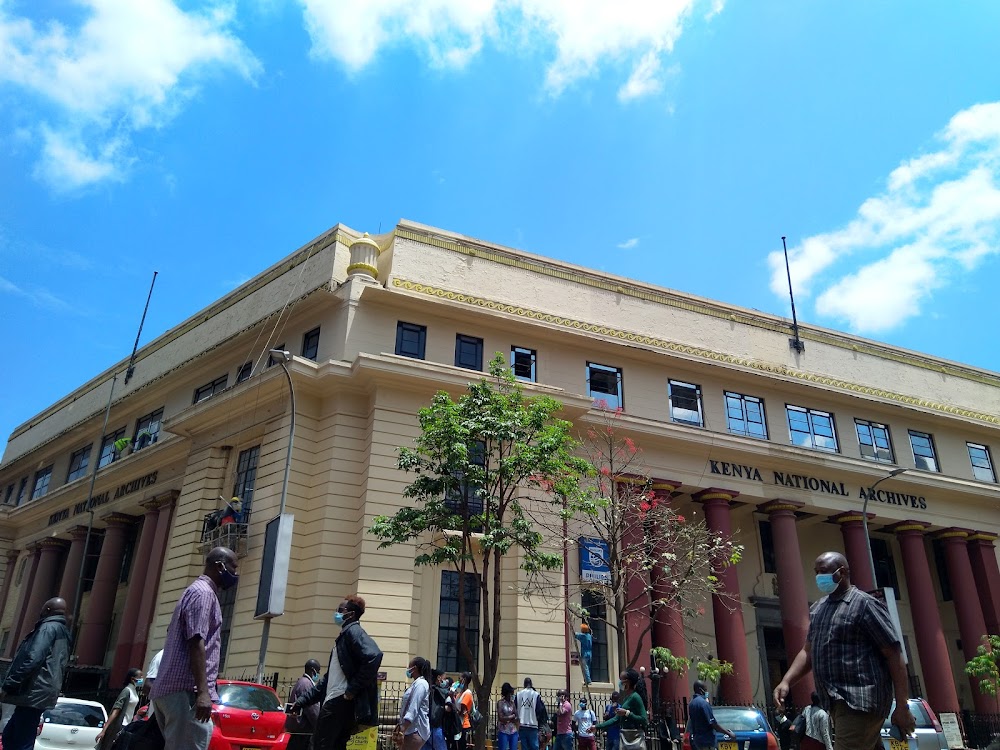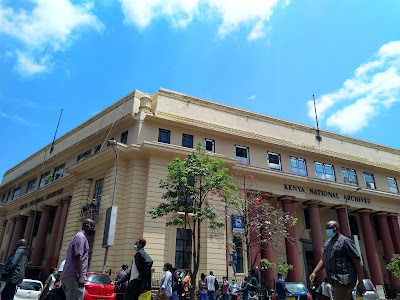National Archives (Nyaraka za Taifa)
Overview
The Kenya National Archives, nestled in the vibrant heart of Nairobi, is a captivating landmark steeped in the rich history of the nation. Established to safeguard Kenya’s cultural and historical artifacts, the Archives serve as an invaluable resource for scholars, historians, and everyday citizens alike, making it a must-visit destination for anyone interested in the country's past.
Constructed in the late 1930s, the building originally functioned as the Bank of India’s regional office rather than as a national repository. Its grand colonial architectural style features large, imposing columns and high windows that flood its spacious interiors with natural light, reflecting the aesthetic sensibilities of its era.
As Kenya moved towards independence from British colonial rule in the early 1960s, the urgency to create a national repository for important documents and artifacts became increasingly clear. Recognizing the historical significance of the old Bank of India building, the government chose it as the ideal location for this critical institution.
Significant renovations transformed the structure into a functional space for preserving the nation’s heritage. The interior was reconfigured to accommodate exhibition halls, storage facilities, and research areas, with particular emphasis on installing climate control systems to protect delicate artifacts from the tropical climate's humidity and heat.
By 1965, the Kenya National Archives officially opened its doors, becoming a treasury for the nation’s vital documents, including statutory records, books, and government papers. As time passed, its collection grew to encompass photographs, audio recordings, films, and traditional artifacts, encapsulating the multifaceted history and culture of Kenya.
Among the Archives' most notable collections is the Murumbi African Heritage Collection, named after Joseph Murumbi, Kenya's second Vice President and a passionate collector of African artifacts. This extensive collection includes thousands of pieces—ranging from traditional costumes and ancient weaponry to diverse art items—ensuring that African heritage and arts are preserved for future generations to study and appreciate.
Today, the Kenya National Archives remains a vital hub for research, welcoming students, scholars, and the general public. Visitors are greeted by the monumental Statue of Dedan Kimathi at the entrance, a powerful reminder of the heroes who fought for independence. Inside, the exhibit halls take guests on a journey through Kenya’s past, showcasing everything from colonial-era documents to traditional crafts that narrate the stories of various ethnic communities.
The building itself is a historical artifact, embodying the country’s colonial past and its path toward independence. Conveniently located at the intersection of Moi Avenue and Kenyatta Avenue, it stands as a prominent landmark in Nairobi's cityscape.
In addition to preserving its extensive collection, the Kenya National Archives actively engages in modern initiatives, including the digitization of their archives for easier global access. Collaborating with international archives and organizations, they ensure that Kenya’s history is woven into the broader tapestry of global heritage.
In summary, the Kenya National Archives in Nairobi is more than just a building; it is a guardian of Kenya's soul. From its beginnings as a bank to its evolution into a vital repository of knowledge and culture, it plays an essential role in preserving the nation’s heritage for future generations.









